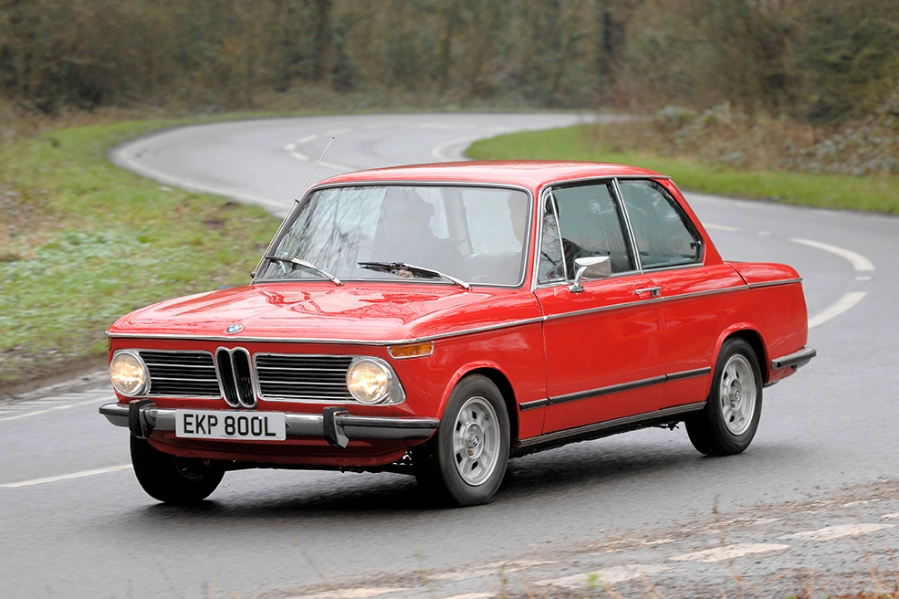
The BMW 2002 is a legendary model that played a pivotal role in BMW’s history and became an automotive icon. Introduced in 1968, the 2002 represented a breakthrough for BMW, establishing the brand’s reputation for producing compact, sporty, and driver-focused vehicles.
The design of the BMW 2002 is credited to the renowned designer Wilhelm Hofmeister, who was responsible for shaping the car’s distinct and timeless appearance. Hofmeister’s design philosophy, known as the “Hofmeister kink,” featured a distinctive kink in the rear side window line, which became a signature styling element of BMW vehicles. This design element not only enhanced the car’s aesthetics but also improved visibility and reinforced its sporty character.
Under the hood, the BMW 2002 was equipped with a range of engines that varied throughout its production. The earliest models featured a 2.0-liter four-cylinder engine, delivering a balance of power and efficiency. In later years, BMW introduced the 2002 Turbo, which became the brand’s first turbocharged production car and further solidified the model’s reputation for exhilarating performance.
The driving dynamics of the BMW 2002 were exceptional, thanks to its well-engineered suspension and chassis. The car featured independent front suspension and a semi-trailing arm rear suspension, providing a perfect balance between comfort and agility. Precise steering and responsive handling made the 2002 a joy to drive, allowing enthusiasts to experience the thrill of spirited driving on both city streets and winding roads.
The BMW 2002 quickly gained recognition and popularity, capturing the hearts of driving enthusiasts around the world. Its compact size, dynamic performance, and nimble handling made it an ideal choice for those seeking a sporty yet practical car. The 2002’s appeal extended beyond its driving dynamics, as its timeless design and high-quality craftsmanship appealed to individuals seeking a premium and distinctive vehicle.
The BMW 2002 also achieved success in motorsport, further enhancing its reputation for performance. The 2002 Turbo, in particular, made a significant impact in racing, showcasing BMW’s engineering expertise and turbocharging technology. The car’s success on the track solidified its status as a true driver’s car and fueled the enthusiasm surrounding the model.
Throughout its production, BMW made several updates and refinements to the 2002, constantly improving its performance and features. The model continued to evolve, with various trims and special editions catering to different customer preferences. The versatility and adaptability of the 2002 allowed BMW to cater to a diverse range of drivers and further expand its market presence.
The BMW 2002’s enduring legacy can be attributed to its combination of performance, style, and driving pleasure. It remains an iconic symbol of BMW’s commitment to producing sporty and driver-centric vehicles. The 2002’s impact on the automotive industry is immeasurable, as it set the stage for BMW’s future success and laid the foundation for the brand’s legendary “Ultimate Driving Machine” reputation.
